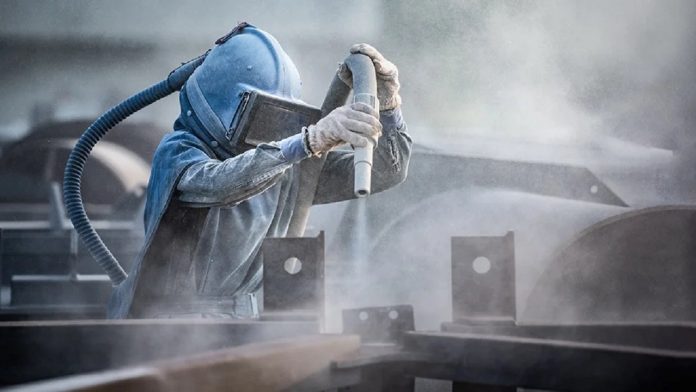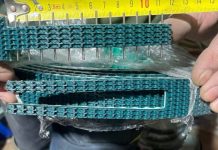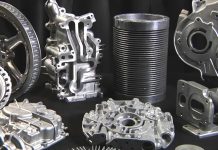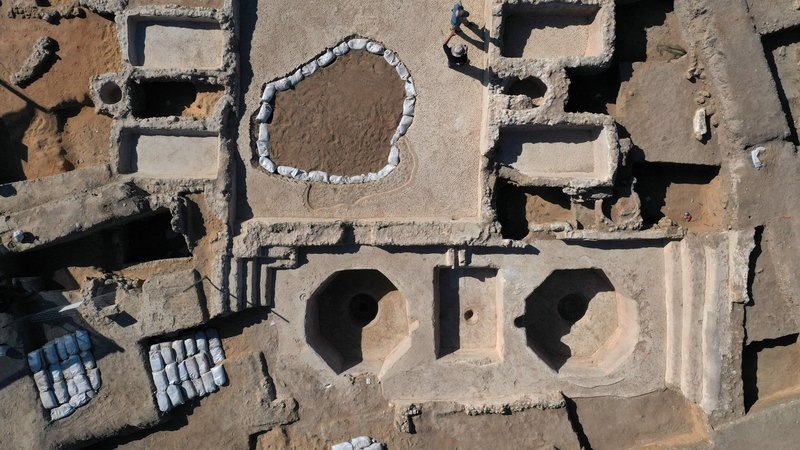Coating or galvanizing is a useful process to protect the component from getting rust. Sometimes it’s necessary to remove the zinc coating from the metal surface—for instance, when repainting, welding, or restoring an object. Sandblasting is the most efficient technique for this. This guide will explain how to remove galvanized coating using sandblast carefully and effectively.
Understanding Galvanized Coating
Galvanized coating is the process of applying a thin layer of zinc to steel or iron to stop rusting. This coating provides good protection against rust and corrosion. However, there are some conditions where you need to remove it for several reasons. The removal process should be efficient to avoid damage to the material or component.
Preparing for Sandblasting
Equipment and Materials
The following equipment can be required for the sandblasting process:
- Sandblasting machine (with the right nozzle).
- Abrasive media (Aluminum oxide or steel grit, for example, which is useful in stripping zinc).
- Proper lighting and a safe area to avoid exposure to dangerous vapors.
Sandblasting Process
Step 1: Setup
First, ensure that all the components required are present at the site. Then assemble all the necessary components according to OEM and make sure that all the components are at their right position. Also, the working space should be clean and free from combustible items to avoid any severe accidents. All these are initial steps that might seem simple but make a huge impact on the overall working process.
Step 2: Testing
It is recommended that you first do a trial run of the sandblasting on a small hidden area of the piece. This way, the operator can be certain that the abrasive material and the pressure that is being applied are safe and will not harm the base metal.
Step 3: Sandblasting
The nozzle should be placed at a constant angle against the surface, about 8-12 inches away. Swirl the nozzle gently in a circular fashion to make sure that the area is evenly covered with the abrasive blast and also to avoid focusing too much force on one area of the base metal since this might cause the metal to weaken.
Step 4: Inspection
It is advisable to check on the surface occasionally to see the advancement that has been made. Continue sandblasting until the galvanized coating is entirely removed from the surface. Depending on the coating thickness and the kind of abrasive substance used, this process may take some time.
Post-Sandblasting Procedures
Cleaning
The metal surface needs to be cleaned after sandblasting to get rid of any residual bits of dirt and dust, especially zinc dust. Compressed air or a clean, dry brush can be used for this; while using compressed air, use caution not to damage the parts.
Surface Treatment
However, once the galvanized coating is stripped, the exposed metal may rust due to the presence of iron. Seal with a coat of paint or a protective layer as soon as possible to avoid oxidation.
Conclusion
One of the most common and effective ways of surface preparation that involves the removal of galvanized coatings is sandblasting. As mentioned above, one can successfully strip a surface to get a bare metal finish that is ready for further processing or application. It is also important to ensure the environment is well aerated, and one should put on protective gear while sandblasting to enhance safety during the process.












